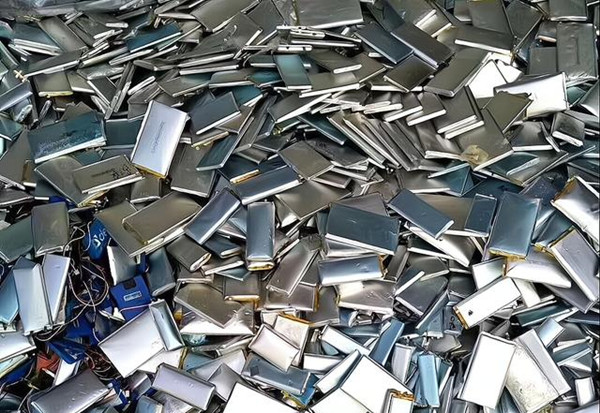
Amid the rapid rise of the new energy revolution and green sustainability principles, lithium-ion batteries—prized for their high energy density, long lifespan, and eco-friendly attributes—power everything from smartphones and laptops to electric vehicles and energy storage systems. However, surging usage has triggered an explosive growth in end-of-life lithium batteries. Developing efficient, scientific recycling methods is now essential for building a green, low-carbon circular economy.
Beyond reducing environmental pollution and easing resource constraints, lithium battery recycling drives green upgrades across related industries and holds profound significance for achieving China's "dual carbon goals" (carbon peak and carbon neutrality) and advancing high-quality development.
Lithium batteries consist mainly of cathode materials (e.g., lithium iron phosphate, ternary compounds), anode materials (graphite), electrolytes, and separators. Critical rare metals like cobalt, nickel, and lithium deliver performance advantages but also pose environmental threats:
- Lithium: Water-intensive extraction depletes resources and degrades land.
- Cobalt & Nickel: Mining often involves unethical practices (e.g., child labor, illegal operations) and ecological damage.
- Electrolytes: Contain organic solvents and toxic chemicals that contaminate soil and water if mishandled.
Establishing robust recycling mechanisms thus transcends resource recovery—it embodies ecological stewardship and social responsibility.
Today's recycling process (collection → sorting → disassembly → material extraction → remanufacturing) faces critical hurdles:
1. Inadequate Collection Networks: Dispersed channels and low public awareness lead to batteries being discarded with household/electronic waste, wasting resources and accumulating hazards.
2. Complex Disassembly: Non-standardized designs across manufacturers hinder automation, raising labor costs and safety risks.
3. Low Material Recovery Efficiency: Key components like organic solvents in electrolytes and electrode binders lack cost-effective recycling methods, stalling industrial scaling.
- Europe & Japan: Policy-driven approaches dominate. Germany's Battery Act mandates producer responsibility and ≥50% recycling rates. Japan fosters public-private partnerships (e.g., Panasonic, Hitachi) to develop advanced recovery tech and infrastructure.
- China: As the world's largest lithium battery consumer, China has introduced policies like the Interim Measures for New Energy Vehicle Power Battery Recycling. Yet weak local enforcement and corporate compliance persist.
1. Hydrometallurgy & Pyrometallurgy: Traditional wet methods offer high recovery but complex processes; smelting is simpler but energy-intensive and polluting.
2. Bioleaching: Emerging microbial metal extraction promises a greener, low-carbon pathway.
3. Smart Disassembly: AI-guided robotic systems enhance safety and efficiency, enabling large-scale recycling.
To accelerate green lithium battery recycling, governments and businesses must collaborate across five dimensions:
1. Enforce Mandatory Regulations: Strengthen Extended Producer Responsibility (EPR) to build closed-loop management.
2. Optimize Collection Networks: Deploy recycling points in communities, malls, and service centers to incentivize public participation.
3. Boost R&D Investment: Fund high-efficiency, low-cost recycling technologies to spur innovation.
4. Enhance Global Cooperation: Align standards and share expertise with the EU, Japan, South Korea, etc., for coordinated governance.
5. Promote Public Awareness: Educate consumers on recycling to embed "green recovery" as a social norm.
Lithium battery recycling is more than resource conservation—it's central to green development. With advancing technology and stronger policies, these batteries can transform from environmental liabilities into engines of the circular economy.
Every individual, business, and government must act now. Starting small but thinking big, we can pave a sustainable path for lithium batteries—preserving a clean, blue sky for future generations.